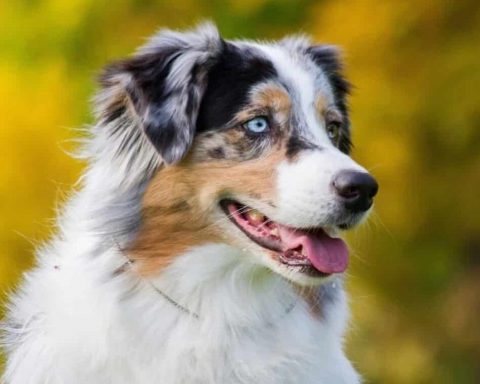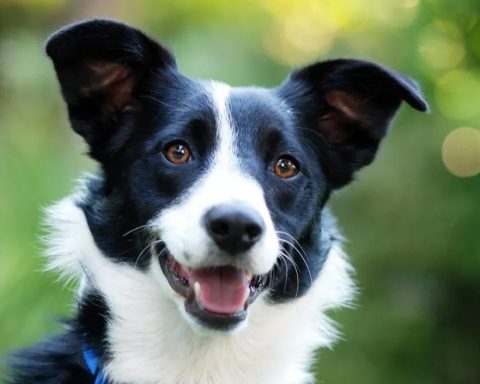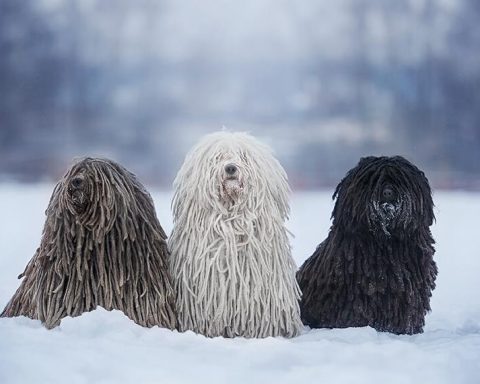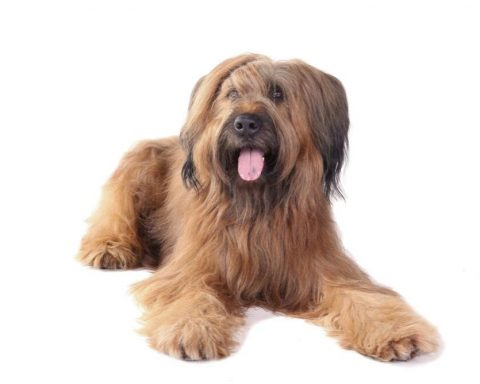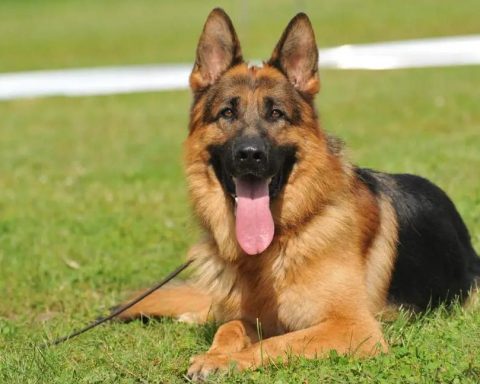Introduction
The Cavalier King Charles Spaniel is a lively, elegant, and well-proportioned toy dog breed. It is very glamorous and graceful, with a love for exercise and a brave personality. At the same time, it is also a charming and lovable animal. In this breed, the typical aristocratic temperament is highly valued, which includes a genuine nobility and a royal appearance. The essence of this breed is natural and does not require any grooming, carving, or artificial changes.
Physical Characteristics
Introduction
The Cavalier King Charles Spaniel is a lively, elegant, and well-proportioned toy dog that is both grand and graceful. It is characterized by its love for exercise, bravery, and gentle nature, making it a charming and endearing companion animal. In this breed, true nobility and a regal appearance are highly valued, which includes a natural essence that does not require modification or artificial alteration.
Physical Characteristics
The Cavalier King Charles Spaniel stands at a shoulder height of 12-13 inches, and weighs between 13-18 pounds, with a well-proportioned body that is square in structure. The length from shoulder to hip is slightly longer than the shoulder height, while the distance from the elbow to the ground is equal to half of the shoulder height. Its bone structure is medium-sized and well-proportioned, with scruffiness or coarseness considered as defects.
Head
The Cavalier King Charles Spaniel has a well-proportioned head that is neither too big nor too small in relation to its body. Its expression is sweet, elegant, and gentle, which is a significant characteristic of this breed. Its large, round eyes are not protruding and are of a mild, deep brown color that looks clear and bright.
The eye rims are black. When it looks at you tenderly, you can feel the affection in its gaze. A small almond-shaped, protruding, or light-colored eye is considered a defect. The long, wide, and feathered ears move slightly towards the face when the dog is alert.
The head is slightly rounded, but not too much like a round or peaked roof, and should appear somewhat flat due to the ear position. The stop (the indentation on the face) is moderate, neither too shallow nor too deep. The muzzle is slightly tapered, about 1 1/2 inches from the stop to the nose tip, while the eyes fill the rest of the face proportionally.
Any tendency towards snippiness is not accepted. The nose should be solid black, with no flesh-colored spots, and well-developed nostrils. The lips are well-developed, but not drooping, with clean, sharp edges. A pointed or overly narrow muzzle is a defect, while a correct, neat, and perfect scissor bite is preferred.
Otherwise, an almost overlapping and properly placed upper and lower jaw is acceptable, while a protruding lower jaw, loose or curved teeth, and crooked jaws are defects.
History
The Miniature Poodle and Toy Poodle were possibly developed from crossbreeding Standard Poodles with Maltese and Havanese, respectively, to create small breeds. The Standard Poodle was originally bred as a hunting dog, while the Miniature Poodle and Toy Poodle were just companion dogs.
Poodles became popular in the French court during the reigns of Louis XIV to Louis XVI, while Miniature Poodles and Toy Poodles appeared in paintings of the 17th century. This breed was also popular in circuses during the 18th and 19th centuries.
Poodles were first introduced to the United States in the late 19th century, but it was not until after World War II that they became popular and held the honor of the most popular breed for 20 years. Currently, Poodles are divided into two categories: Standard Poodles, primarily as hunting dogs and secondarily as companion dogs, while Miniature Poodles and Toy Poodles are solely companion dogs. Both categories are identical in standards, except for their size.
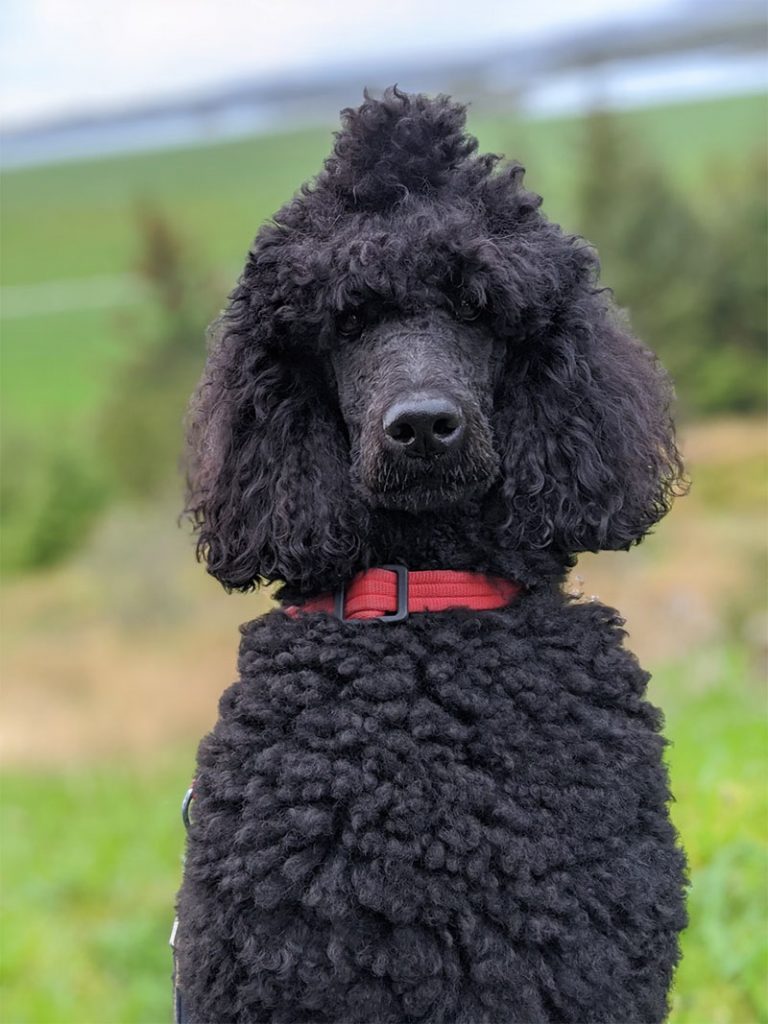
Body Size
The standard poodle’s shoulder height is greater than 15 inches. Any standard poodle with a shoulder height below 15 inches will be disqualified from competition. The miniature poodle’s shoulder height standard is 10-15 inches. Any miniature poodle below 10 inches or above 15 inches will be disqualified from competition. The toy poodle’s shoulder height standard is below 10 inches. Any toy poodle above 10 inches will be disqualified from competition. As long as the toy poodle and miniature poodle ratio is appropriate and all other factors are equal, smaller is better. The proportion ensures that the body is square, with the length from the chest to the hip equal to the shoulder height. The muscle and bone mass of the front and hind legs should be proportional to the overall body size.
Head
(1) Eyes: Very dark in color, oval in shape, and set far enough apart to create an alert, intelligent expression. The main defects are round, protruding, large, or light-colored eyes.
(2) Ears: Hang on both sides of the head, with the ear root slightly lower than the eyes. The ears are long and wide with rich hair. However, the hair on the ears should not be too long.
(3) Skull: Slightly round with a shallow and distinct stop. The cheek muscles and bones are flat. The distance from the forehead to the stop is equal to the length of the muzzle.
(4) Muzzle: Long, straight, delicate, and sculpted under the eyes. Solid with no lips. The lack of lips makes the chin clear. The main defect is a lack of chin. Teeth: White, solid, and with a scissors bite. The main defects are protruding lower jaw, protruding upper jaw, or crooked mouth.
Neck, Backline, and Body
The neck should be proportionate, solid, and long enough to allow the head to be raised high and noble. The skin around the throat should be clean. The neck should be combined with solid and smooth shoulders. The main defect is a goat neck. The backline is horizontal, neither sloping nor sagging.
Body:
(1) The chest is deep and moderately wide with good rib expansion.
(2) The waist is short, wide, and well-muscled.
(3) The tail is straight, with the root high and the tail raised. The tail should be docked, leaving enough length to maintain the overall silhouette. The main defects are low tail root, curled tail, or tail not raised above the back.
Front limbs
Sturdy and smoothly muscled shoulders. The shoulder blades lie close to the body and are of equal length to the upper arms. Key points: well-laid-back shoulders. From the front, the legs are straight and parallel to each other. From the side, the elbows are located just below the withers. The pasterns are strong, and dewclaws may be removed. The feet are small and oval-shaped, with arched toes and thick pads. The feet do not turn in or out. Main faults: flat feet or east-west feet.
Hindquarters
Balanced with the front. From the rear, the legs are straight and parallel to each other. The stifle joint is well bent, and the muscles are well developed. The femur and tibia are of equal length. The hocks are short and perpendicular to the ground. When standing, only a small part of the hind feet is used. Main fault: cow-hocks.
Coat
(1) Texture:
(a) Corded: natural, harsh, and dense coat.
(b) Non-corded: hair of varying lengths, tightly wrapped around the body. The body, head, ears, and mane have longer hair, while the pompons, bracelets, and tail ball have shorter hair.
(2) Trimming: Puppies under 12 months old may be trimmed in the “puppy clip.” In all competition classes, Poodles over 12 months of age must be trimmed either in the “English saddle” or “Continental” clip. In the Junior Showmanship class, the Utility class, and the Non-Sporting class, Poodles may be trimmed in the “sporting clip.” Trimming a Poodle in any other fashion in the show ring is not acceptable.
(a) Puppy clip: Poodles under one year old may be shown in the “puppy clip.” The face, throat, feet, and base of the tail are shaved, leaving puffs on the legs and a pompon on the tail. The rest of the body is scissored to follow the outline of the dog, leaving a neat appearance.
(b) English saddle clip: The face, throat, feet, and base of the tail are shaved. The hindquarters are covered with a “blanket” of short hair, leaving pompons on the hind legs and a pompon on the tail. The front legs have bracelets of hair around the ankles. The hair on the rest of the body is scissored to follow the outline of the dog, maintaining a balance and proportion.
(c) Continental clip: The face, throat, feet, and base of the tail are shaved. The hindquarters are shaved except for pompons on the hips (optional). The front legs have bracelets of hair around the ankles, and the hind legs have pompons. The hair on the rest of the body is scissored to follow the outline of the dog, maintaining a balance and proportion. The tail is pomponed at the tip.
(d) Sporting clip: The face, feet, throat, and base of the tail are shaved. A topknot is left on the head, and a pompon is left on the tail tip. The hair on the rest of the body is scissored to follow the outline of the dog, leaving about one inch of hair. The hair on the legs may be slightly longer than that on the body.
In all clips, the headpiece is the only area where creativity or flexibility is allowed. The hair should only be left long enough to create the desired silhouette. The headpiece refers to the area from the stop to the occiput, which is the only area where the hair may be left longer and styled in different ways.
Color
The color is a solid single color, consistent with the skin color. It includes a variety of colors such as blue, gray, silver, brown, coffee, apricot, cream, etc. The same color also has multiple variations, usually appearing slightly darker on the ears or fur collar. Clear and distinct colors are ideal, and natural shading in the fur is not considered a defect.
Brown and coffee-colored Poodles have liver-colored nose, eye rims, lips, and dark nails, as well as deep amber eyes. Black, blue, gray, silver, cream, or white Poodles have black nose, eye rims, and lips, black or nails matching the coat color, and very dark eyes.
Apricot Poodles prefer the colors described above, with liver-colored nose, eye rims, lips, and amber eyes also acceptable but not ideal.
Main faults: incomplete or incorrect coloration of the nose, lips, and eye rims. Poodles with brindle coat color are disqualified. Brindle fur color indicates that the dog’s skin is not a single, uniform color and has at least two different colors.
Gait
The direction is straight, trotting, with a light and lively stride. The hindquarters are strong and powerful. The head and tail are both held high. Healthy and easy movement is important.
Temperament
Poodles are very proud, active, and intelligent, with a unique noble posture and expression. Main fault: timid or nervous.
Disqualification
Size – above or below the height limit; trimming – trimming in a way other than the methods listed above; color – Poodles with brindle coat color are disqualified.
Scoring
Overall appearance, temperament, behavior, and condition – 30 points; head, expression, ears, eyes, and teeth – 20 points; body, neck, legs, paws, and tail – 20 points; gait – 20 points; fur, color, and texture.
Standard adoption date: August 14, 1984
Standard revision date: March 27, 1990.

